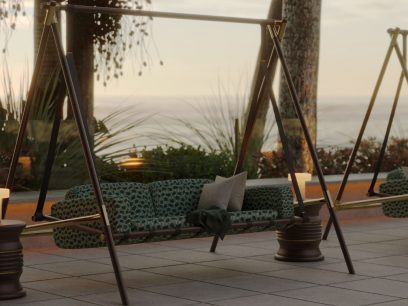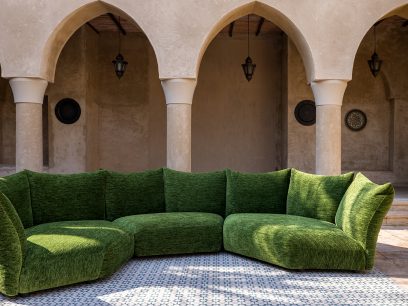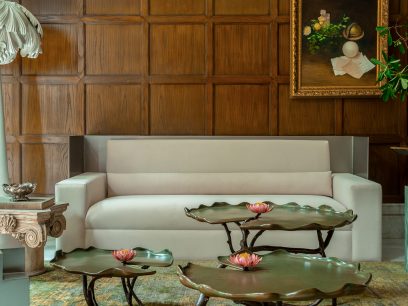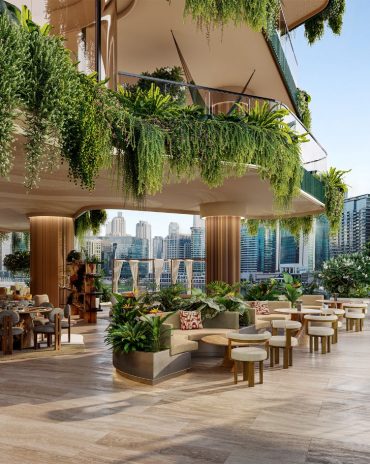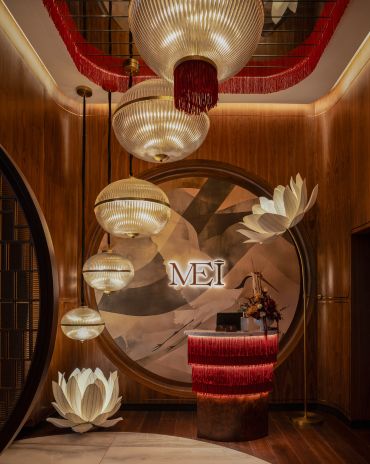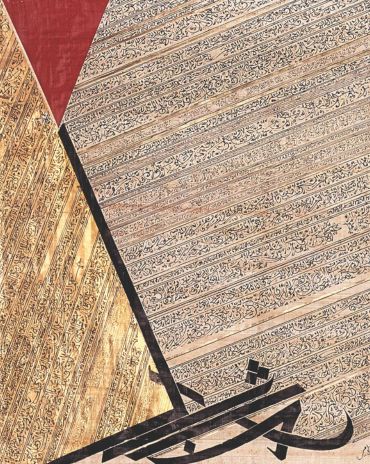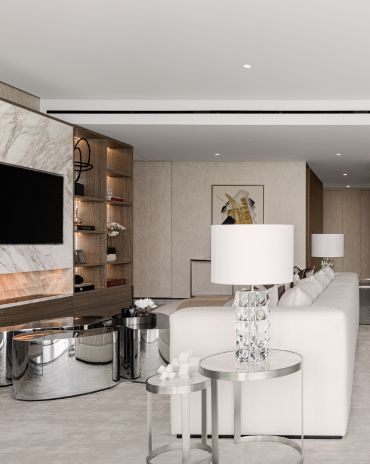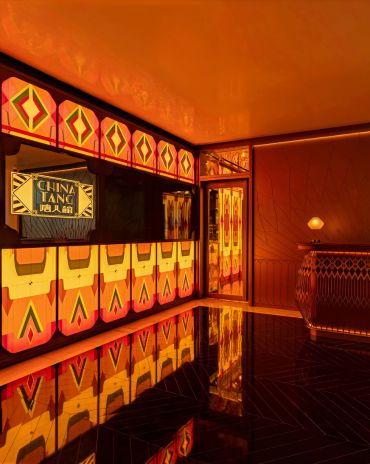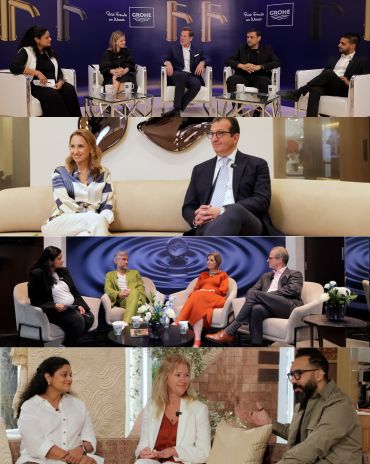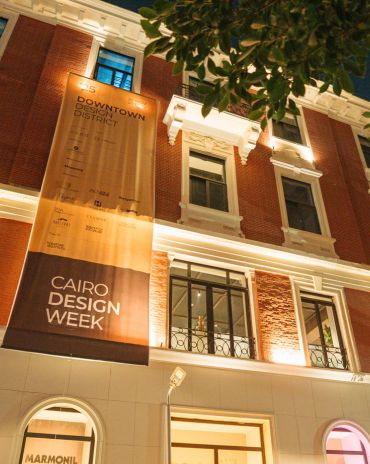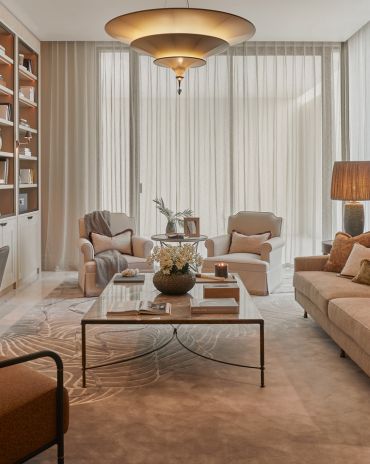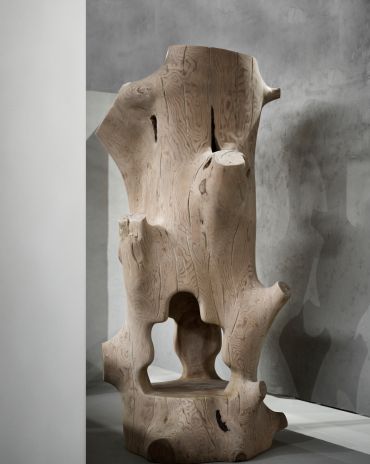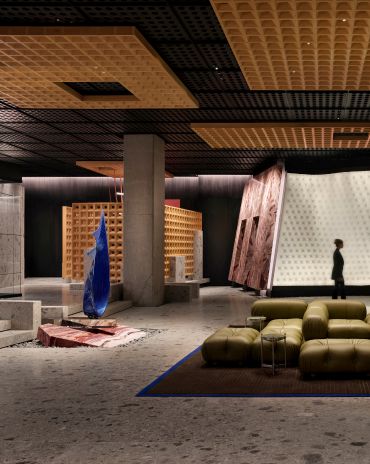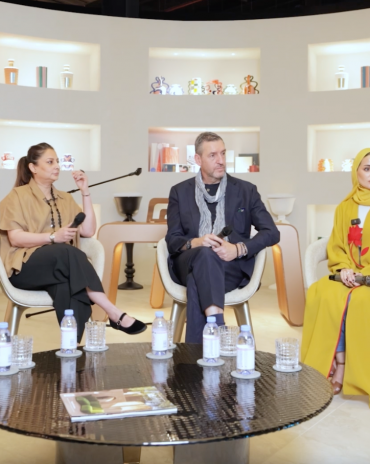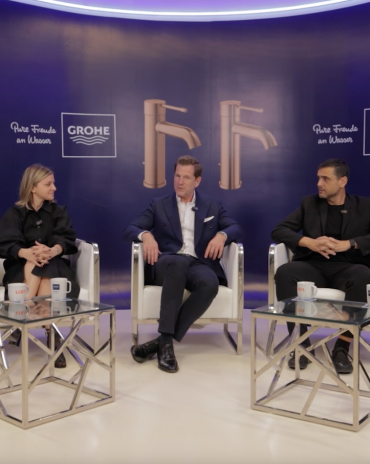Copyright © 2025 Motivate Media Group. All rights reserved.
Carl Gerges to renovate 17th century structures into boutique hotel in Batroun
Batroun Boutique Hotel will preserve traditional building techniques
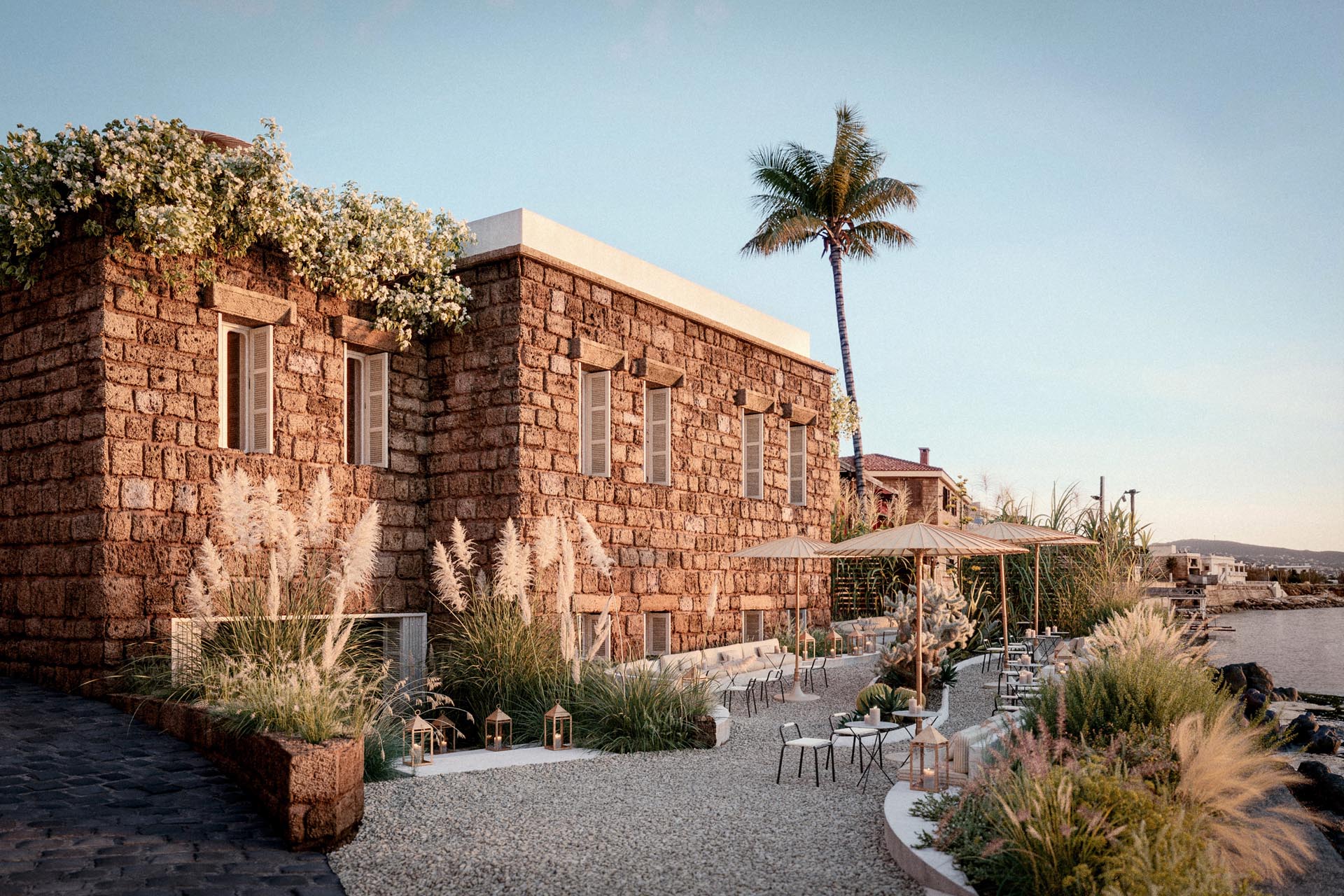
Architect and musician Carl Gerges is slowly making a name for himself for his determined approach to architecture, and his latest endeavour is not unlike his modest yet meaningful collection of projects – which showcases a distinct cultural and environmental sensitivity while preserving the traditional and historic elements of the structures in which he intervenes.
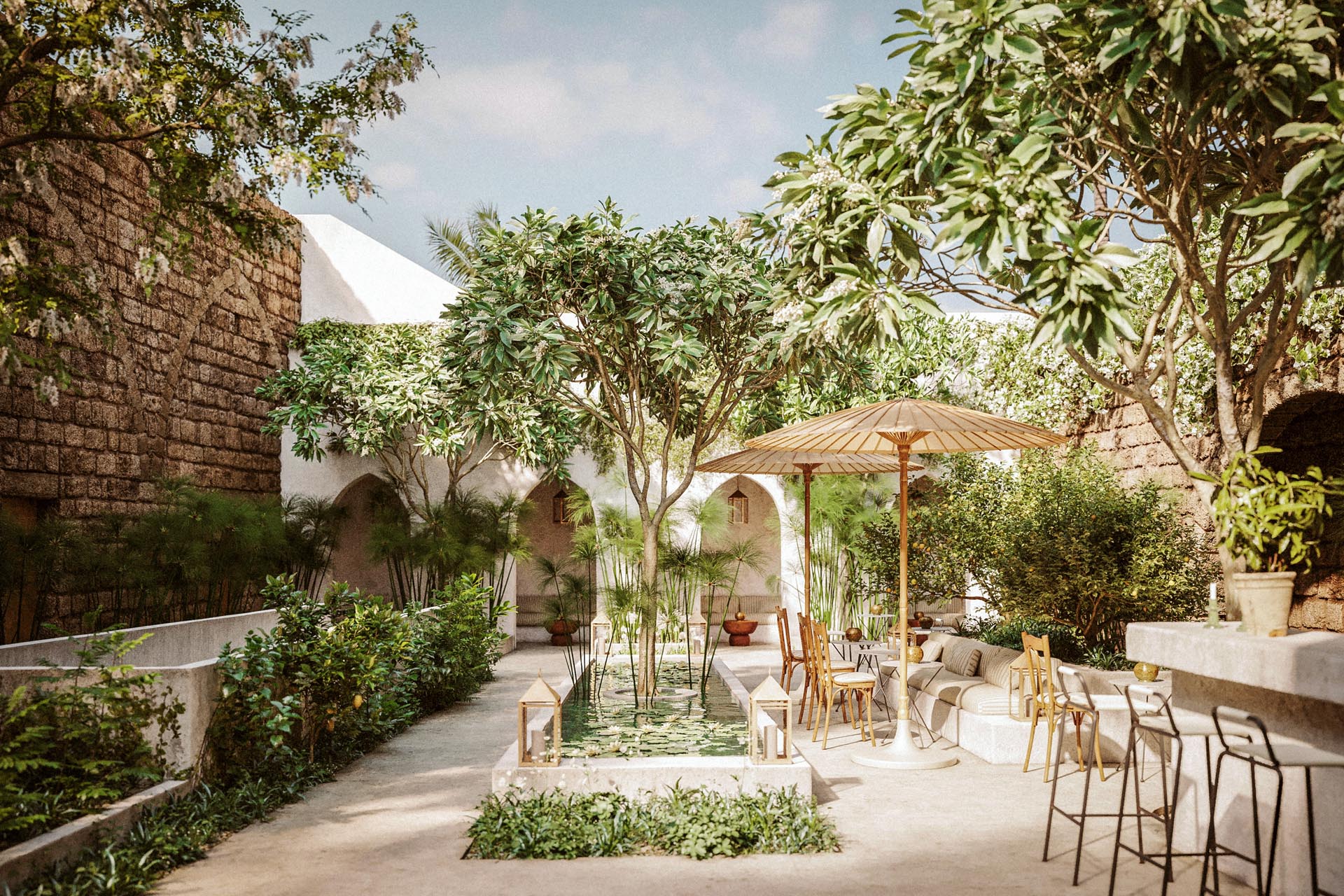
Batroun Boutique Hotel is a destination hotel that’s set on the historical coast of Batroun in the north of Lebanon and will see the renovation of two structures from the 17th century transformed into an idyllic getaway where guests can connect with history and nature.
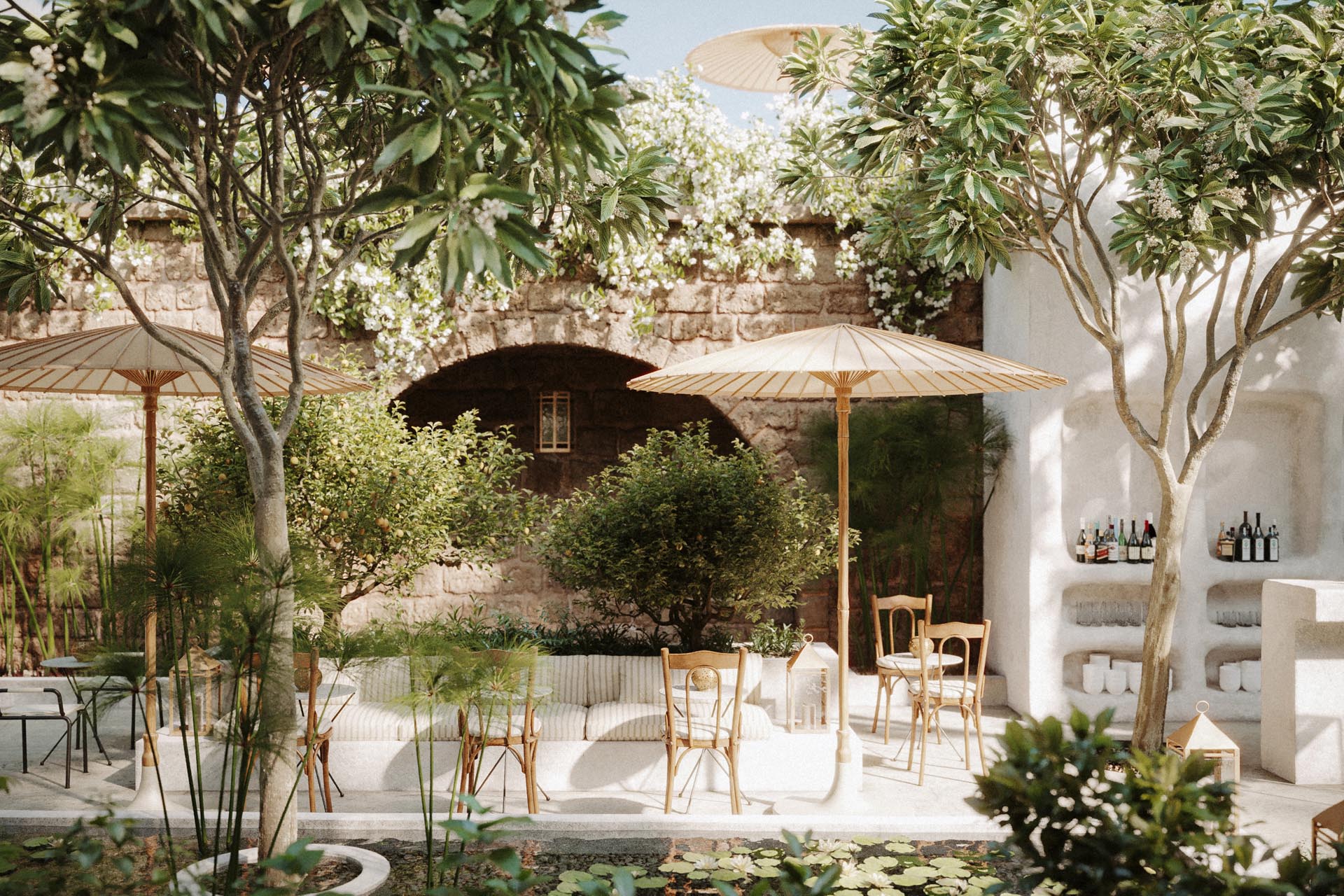
The seaside property features a golden stone structure and a white cement plastered courtyard, authentically restored using the same locally sourced sandstone and artisanal wooden shutters. This allows for privacy amid the populated old town while preserving the cross-vault architecture that is typical of Lebanese houses of the time. Similarly, the understated material palette is informed by local building traditions. The guest rooms are set across two floors featuring sweeping views over the sea and gardens. The spa is also set on the water and offers a variety of sea treatments.
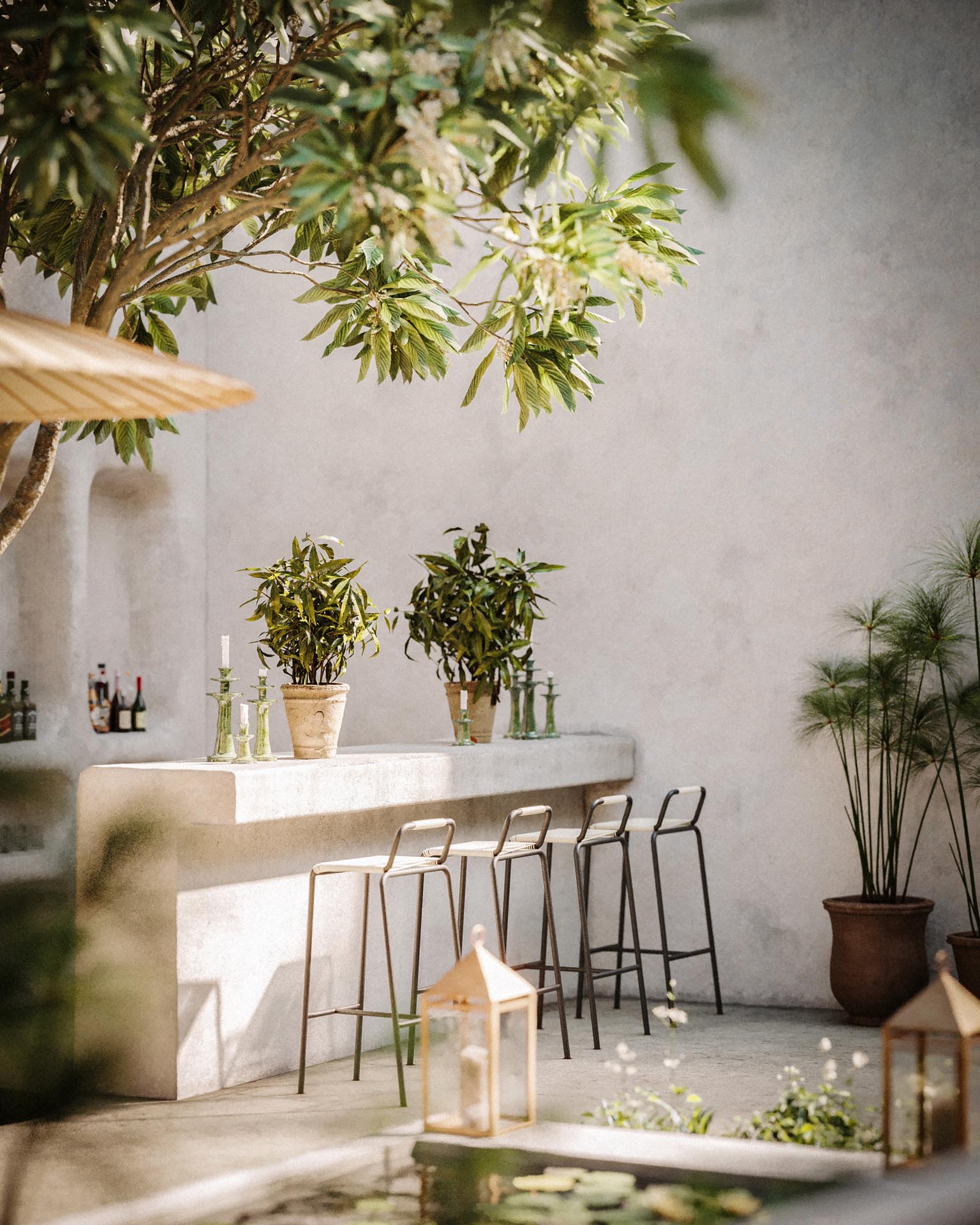
Connecting the separate houses is a white, raw cement extension that creates a focal point for guests staying on either side of the property and provides a meeting point in the form of a leisurely café. The entryway leading into the courtyard introduces guests to a more intimate space, with lancet arches giving way to small private booths.
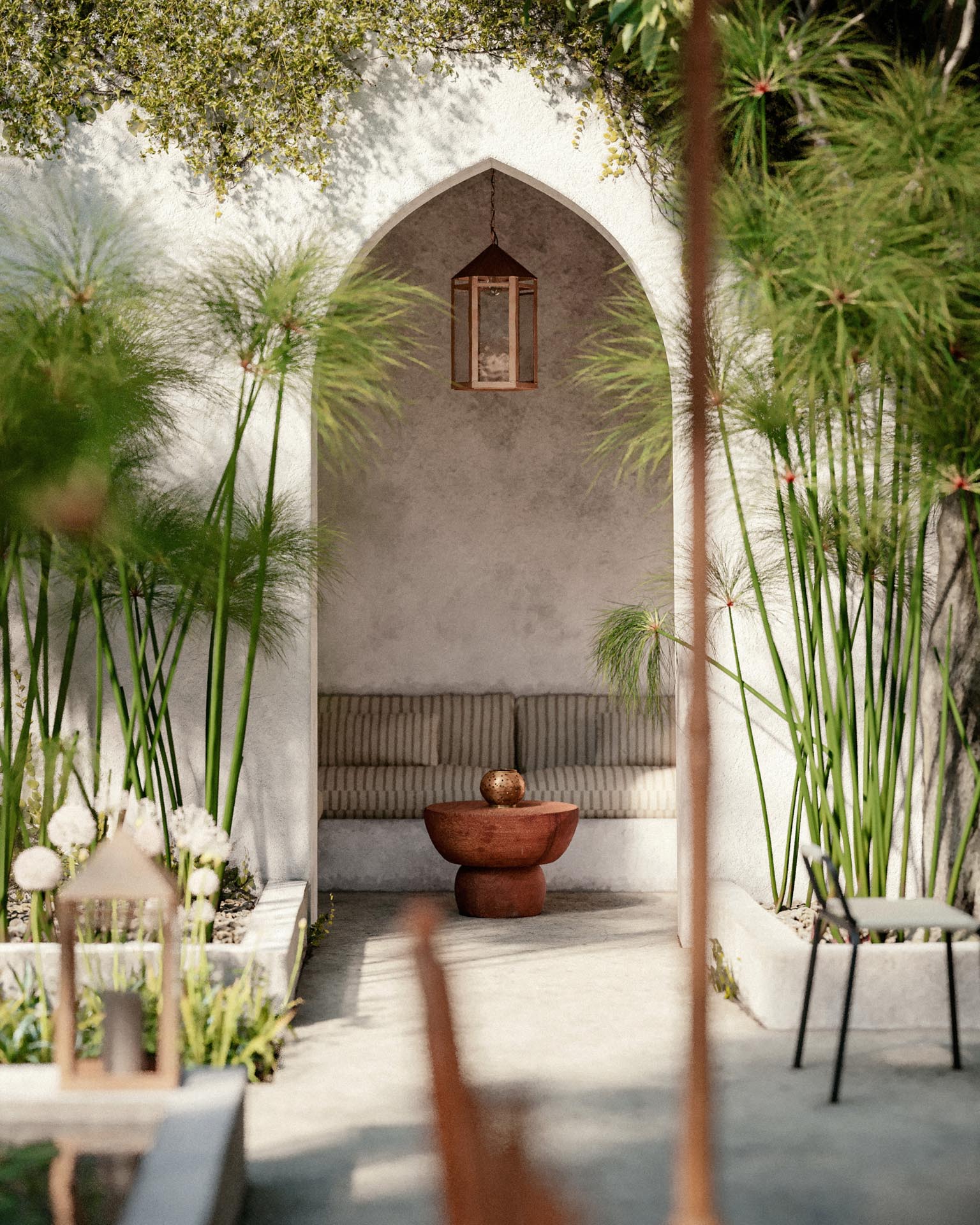
The bar is designed to blend organically with its white-wall surroundings, while a narrow staircase leading up to the rooftop pool allows guests to enjoy unobstructed sea views on one side and the central sanctuary on the other.
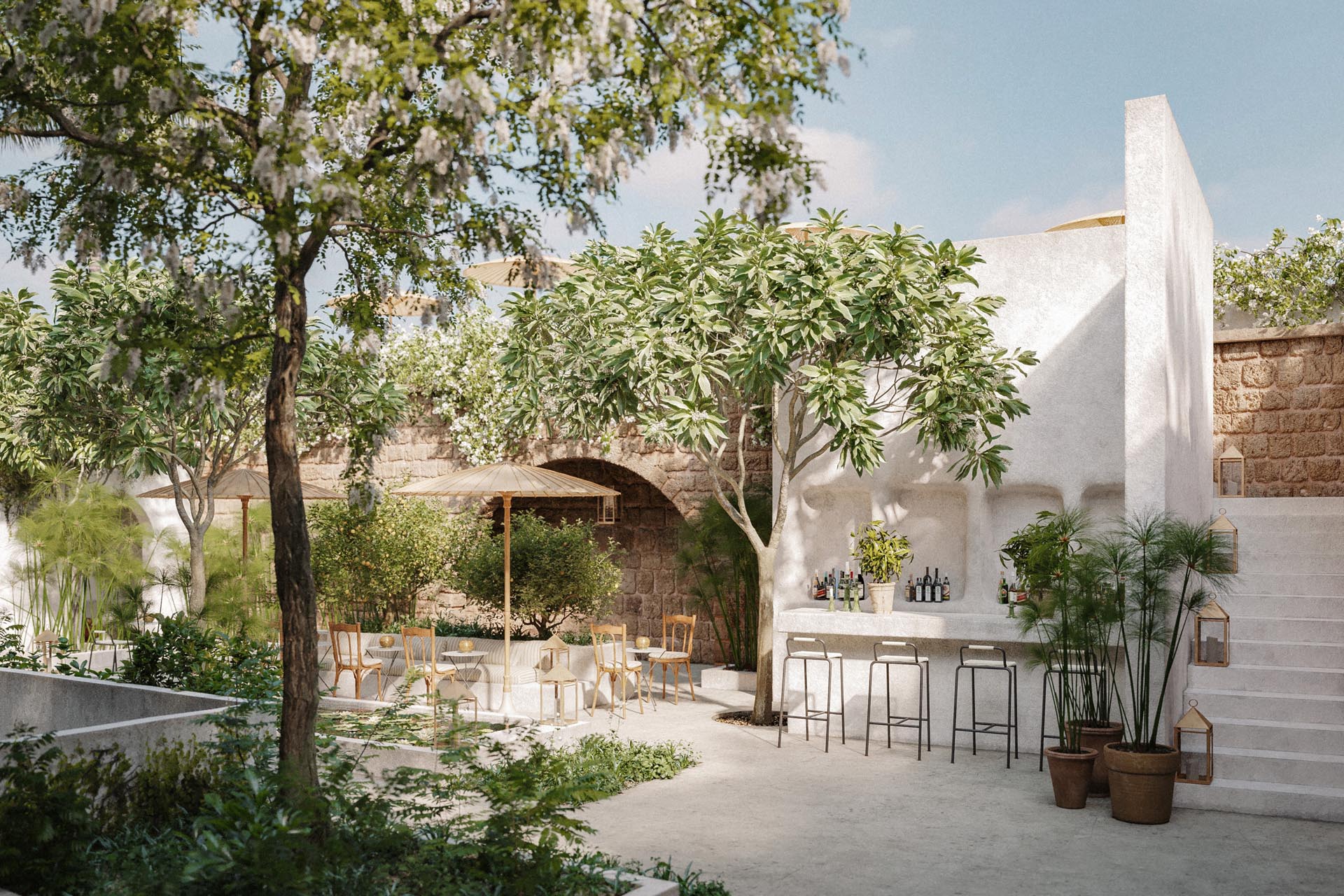
Inspired by botanical drawings that also date back to the 17th century, as well as the fauna and flora typical of the region, the property’s natal language is abundant with lush vegetation such as water lilies in the central pond – which are reminiscent of the Ottoman influence on the Lebanese urban fabric – as well as succulents and pampas grass that absorb and reflect sunlight during the different hours of the day, while the grounded cacti reflect the characteristic of Lebanese coastal villages.
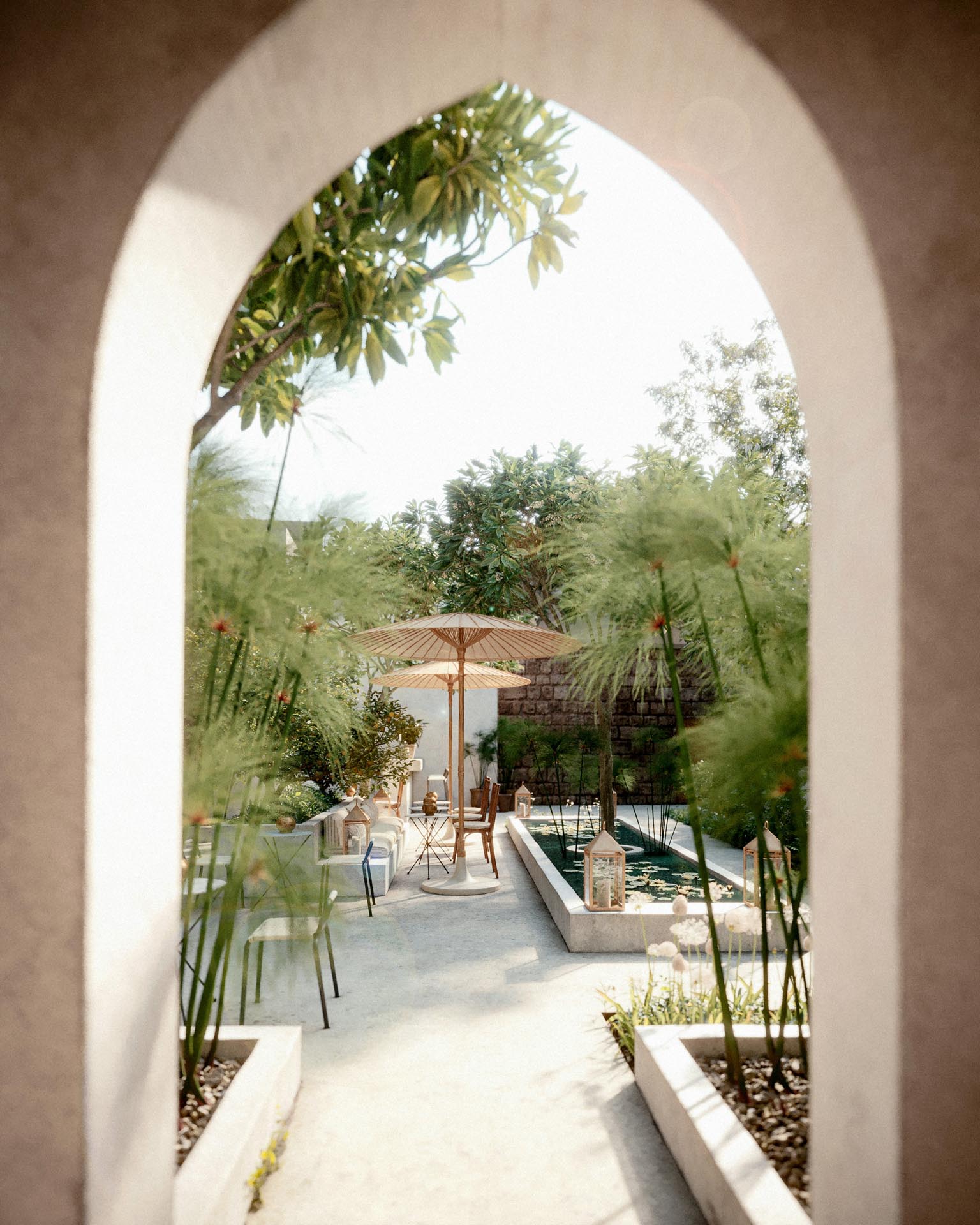
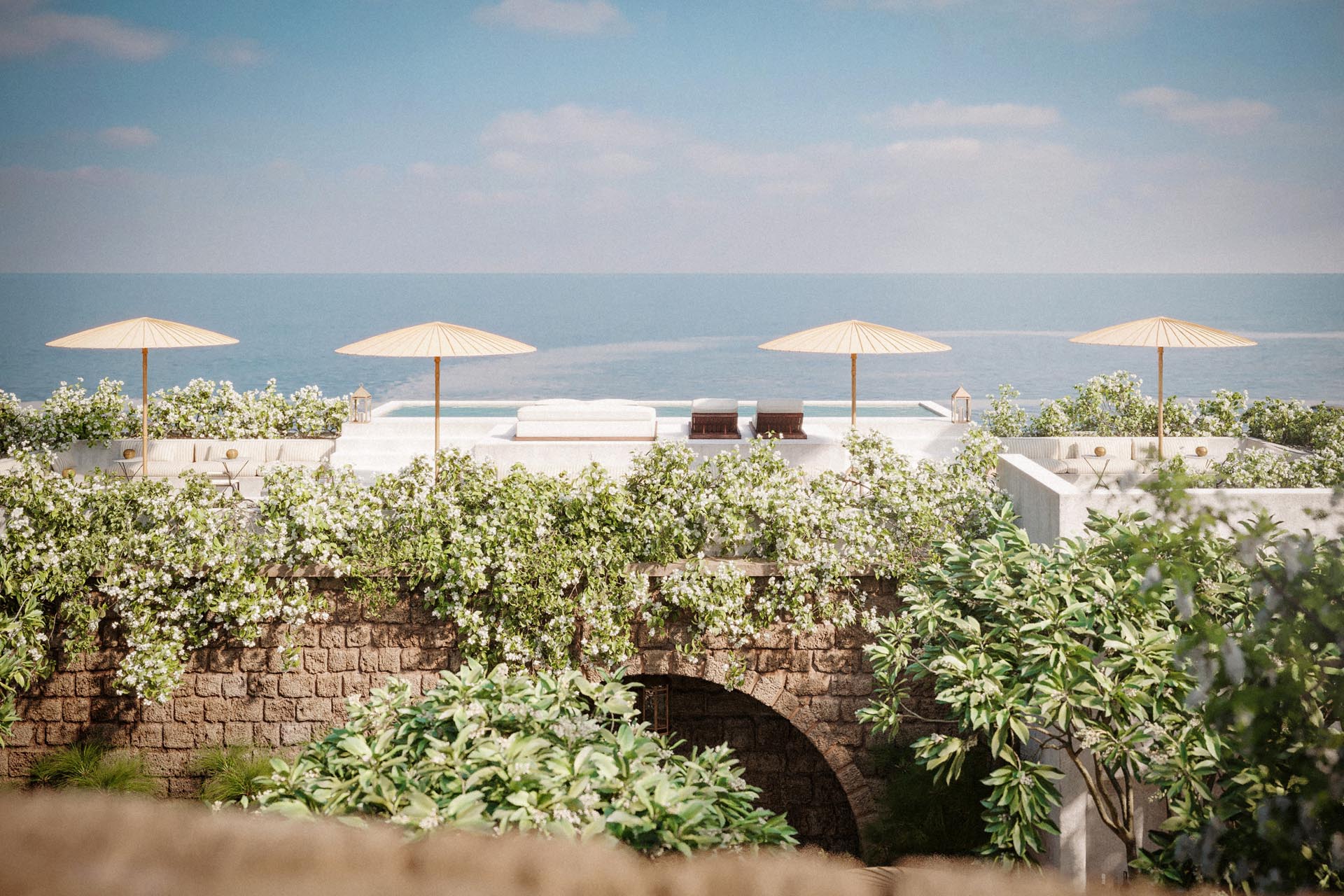
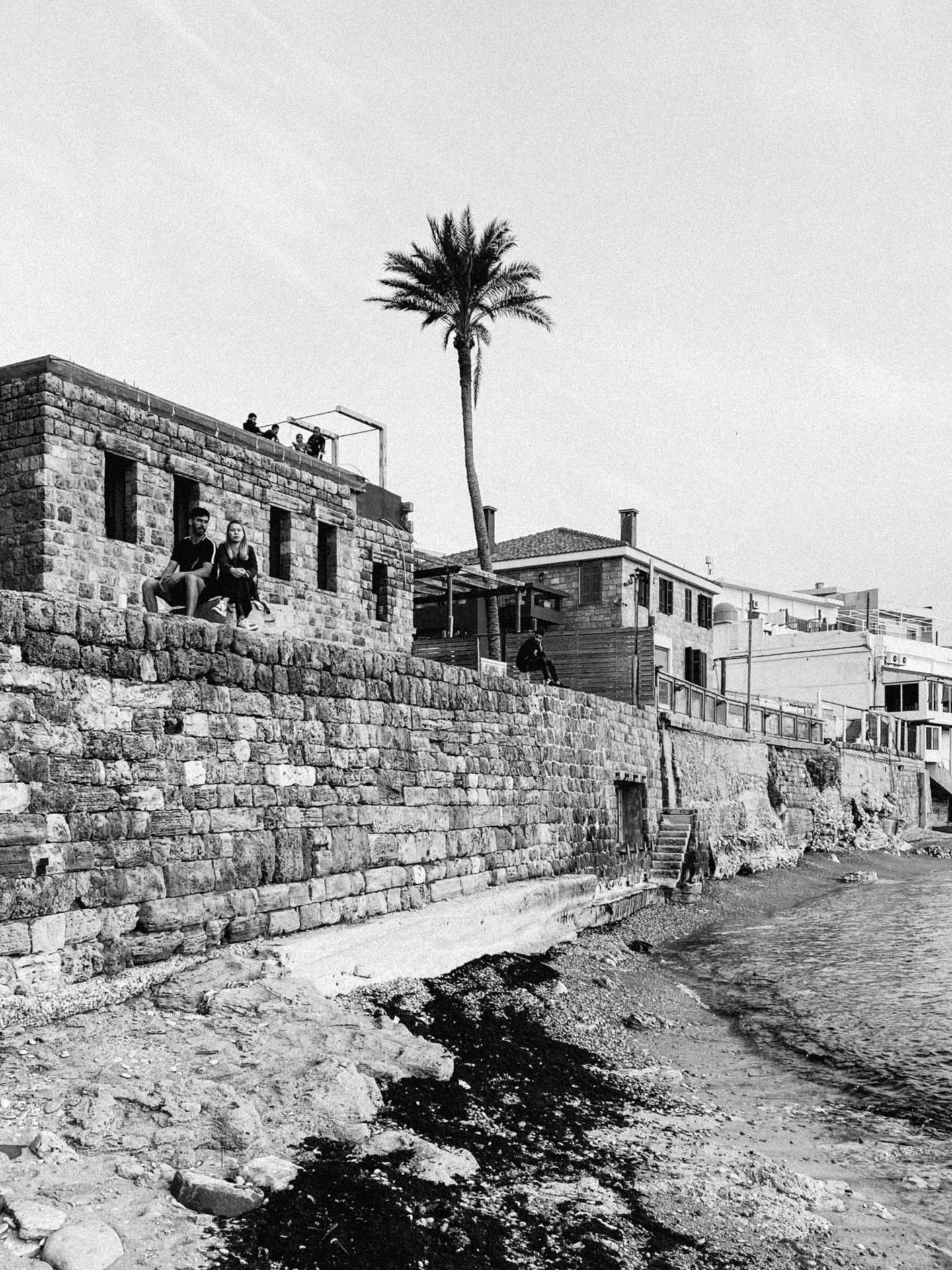
The Latest
How Eywa’s design execution is both challenging and exceptional
Mihir Sanganee, Chief Strategy Officer and Co-Founder at Designsmith shares the journey behind shaping the interior fitout of this regenerative design project
Design Take: MEI by 4SPACE
Where heritage meets modern design.
The Choreographer of Letters
Taking place at the Bassam Freiha Art Foundation until 25 January 2026, this landmark exhibition features Nja Mahdaoui, one of the most influential figures in Arab modern art
A Home Away from Home
This home, designed by Blush International at the Atlantis The Royal Residences, perfectly balances practicality and beauty
Design Take: China Tang Dubai
Heritage aesthetics redefined through scale, texture, and vision.
Dubai Design Week: A Retrospective
The identity team were actively involved in Dubai Design Week and Downtown Design, capturing collaborations and taking part in key dialogues with the industry. Here’s an overview.
Highlights of Cairo Design Week 2025
Art, architecture, and culture shaped up this year's Cairo Design Week.
A Modern Haven
Sophie Paterson Interiors brings a refined, contemporary sensibility to a family home in Oman, blending soft luxury with subtle nods to local heritage
Past Reveals Future
Maison&Objet Paris returns from 15 to 19 January 2026 under the banner of excellence and savoir-faire
Sensory Design
Designed by Wangan Studio, this avant-garde space, dedicated to care, feels like a contemporary art gallery
Winner’s Panel with IF Hub
identity gathered for a conversation on 'The Art of Design - Curation and Storytelling'.
Building Spaces That Endure
identity hosted a panel in collaboration with GROHE.

